Does your dog suffer from Black Skin Disease (Alopecia X)?
Unfortunately this is a very common issue that affects some of our breeds more than others. It is so important to treat it correctly as soon as possible, to prevent complete hair loss and black scaly skin. We have many happy customers who's dogs now are healthy, happy and with full coats of hair thanks to Dermagic products UK. The term Alopecia is nothing more mysterious than the medical word for hair loss, originally from the Latin via Greek Alopekia, meaning fox mange. The disease itself, also known as Black Skin Disease, is little understood. This condition in animals is called Alopecia X because the cause(s) of this condition are still relatively unknown and the treatments tend to be by trial and error (or, as some would suggest, random). This disease can be easily confused with "Cushing's Disease."
The disease manifests initially as thinning hair, sometimes accompanied by itchy skin and sometimes not, followed by bald patches, followed by blackened or dark gray skin. Eventually, the dog can become completely bald with deep charcoal-gray skin. Often, the dog will smell really bad.
What are the Symptoms of Black Skin Disease?
For many dogs with this disease, there appear to be no other symptoms, and the disease can be regarded as cosmetic. This is actually the approach many vets will take, suggesting that the dog wear a sweater to prevent getting a chill. The disease could be genetic, however, or rather, the tendency or susceptibility to contracting this disease may be part of the dogs genetic makeup. And it is true that some breeds seem more prone to Black Skin Disease than others, with Pomeranians leading the pack.
Where does Black Skin Disease show on the Skin?
Black Skin Disease can manifest in other ways and other places also, often beginning on the belly and inside the back legs, as shown on the right. Generally, this type of disease is associated with overall itchiness and skin eruptions. A bad odor might be present, causing the owner to bathe the dog more and more frequently, making the disease worse and the dog even more itchy. When itching is present, veterinarians will often prescribe steroids (cortisone or prednisone) to reduce the inflammation. Please note that we never recommend steroids, as they disrupt the dogs natural immune system and the disease will become worse. Further, the use of steroids will encourage mange mites and bacteria to move in, with grave results.
What are the early signs?
Only small black or rusty-colored dots pepper the skin, usually on the belly and especially around the genitals and teats. In a way, it reminds me of the summertime joke about my freckles getting bigger until ultimately I'd have an even tan!
However, these specks are an early indicator of a very serious attack on your dog by some infecting agent, whether it's a fungus (or yeast), bacterium, or follicular mite. It will not go away or get better with time, and is usually accompanied by mild, occasional itching. A single flea bite can give rise to this situation, that nasty flea injecting who knows what kind of pathogen just under your pets skin.
How do I Treat Black Skin Disease for my Dog?
The most important step is our
Skin Rescue Lotion (formerly called "Hot Spot Lotion"). First, trim the hair over and around the affected areas short, but not shaved. You need to massage this product deeply into the affected areas of the skin twice daily for a week, then once every single day. Use the product as you would use hand lotion on yourself: not too much, not too little, and the skin should not appear greasy or wet. It penetrates deeply in to the follicles where mites, fungus and bacteria reside and kills them all. Keep a t-shirt on your dog to protect the skin and to keep the lotion on the dog and prevent him from licking it off. It will not harm him to lick it, but it works better if it stays on the skin!
If the hair is very long, please cut it (do not shave) close to the skin. It will grow back, and short hair makes it so much easier to apply the lotion evenly. In a few weeks you will start to see growth of fuzzy undercoat, followed by longer outer coat hair. You will also start to see the black skin flake away, and pink skin appearing underneath. What is happening is a complete deep exfoliation, in a sense, shedding the dead outer layers of skin. The process takes some time because all new skin has to grow underneath that black stuff before it can start to slough. This means that the fungus has to be killed so that the skin can start to repair itself and rebuild its immunity.
Dermagic Treatment Takes Time - Be patient and persistent!
This system will work! Once the skin heals and pink skin has appeared again, use our Cell Restoration Creme on the pink areas. This is an organic aloe creme, wonderful for boosting the cellular immune system and preventing this new baby skin from becoming dry and itchy again while it finishes the healing process. For any areas where there is an eruption or broken skin, our Hot Spot Salve is a fantastic product. It dries up hot spots and localized infections almost before your eyes. It's a much more concentrated version of our Skin Rescue Lotion, with the same ingredients, just made to dab on and stick to the wound. You only need to apply this once, again covering with a t-shirt to protect the area. The DERMagic System contains all these products in a money-saving bundle, an option you might choose to take advantage of.

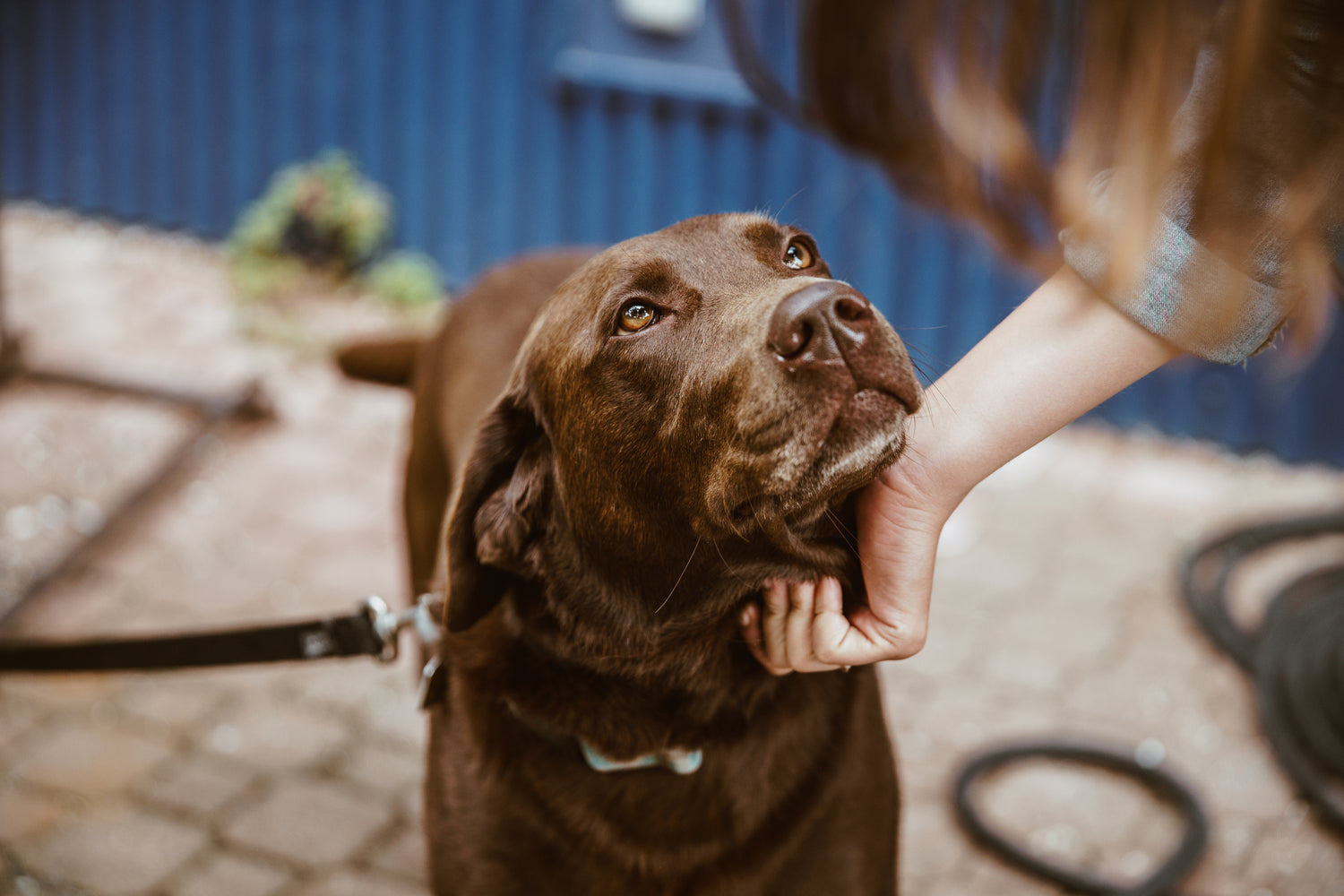



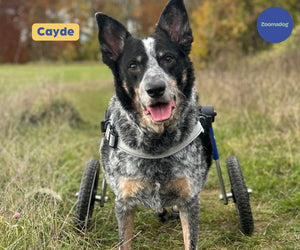
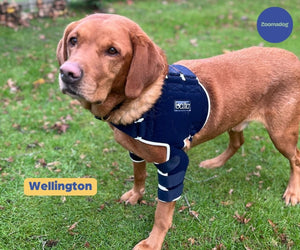
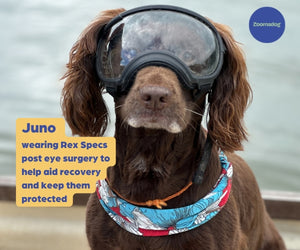


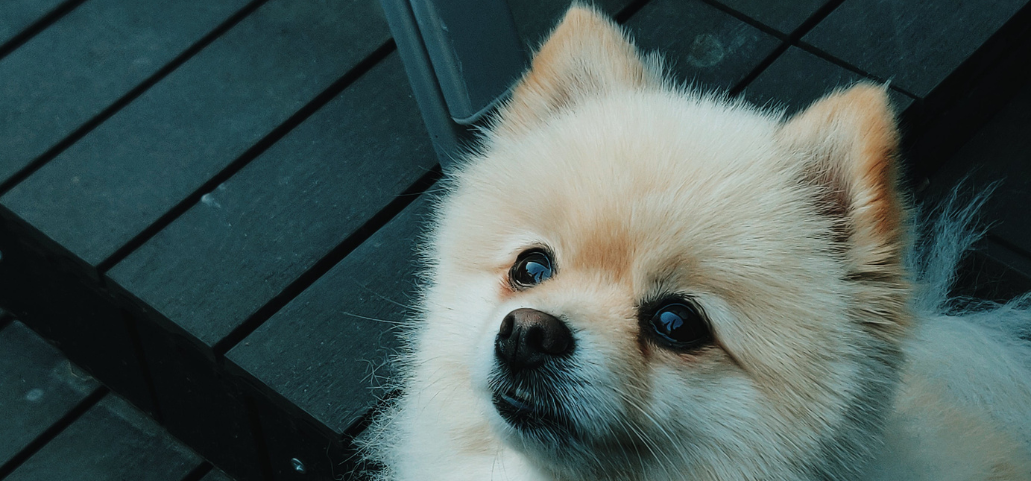


Leave a comment